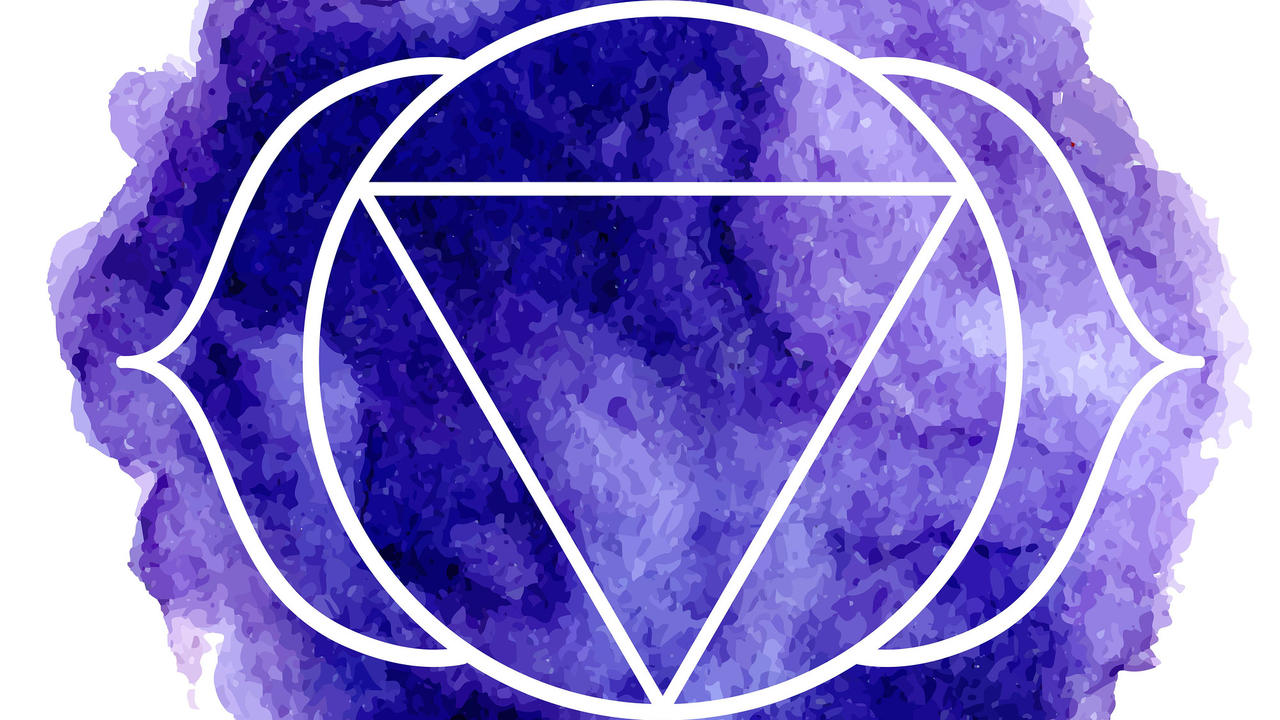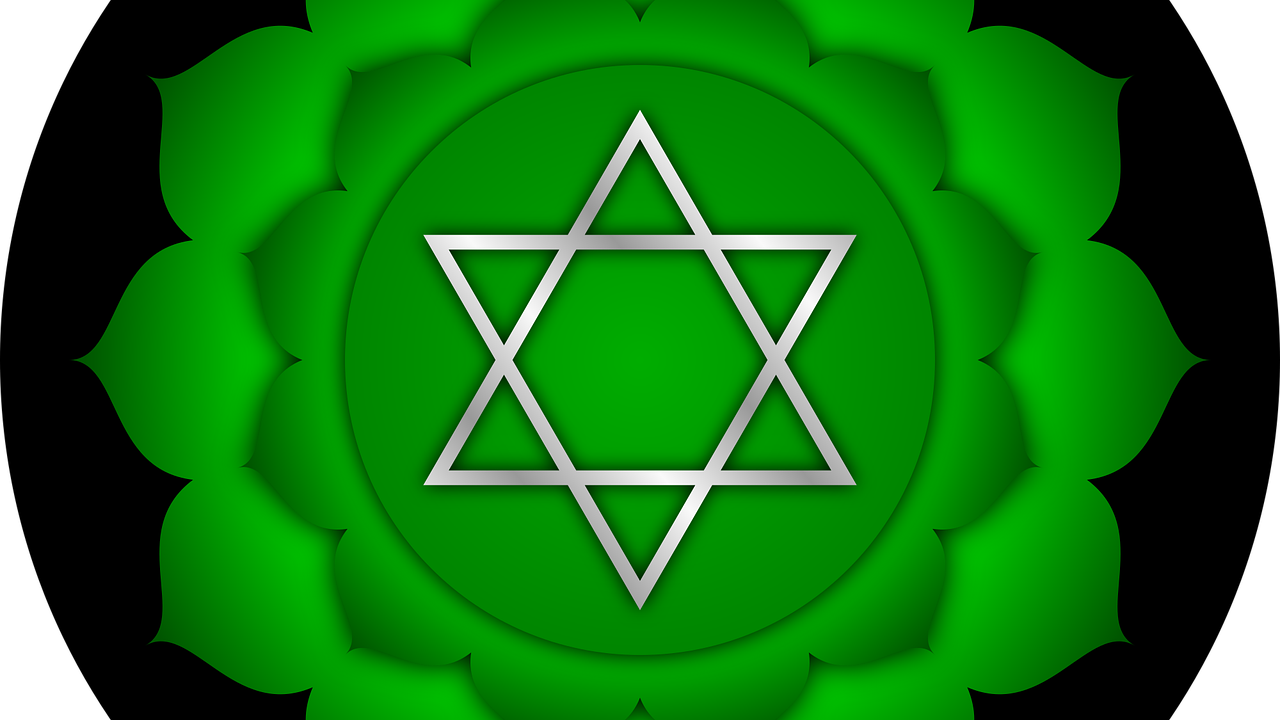Muddy Wisdom Blog
Daily Routines To Keep You Healthy All Year Round

No matter what your unique body/mind constitution, (Ayurveda dosha) is, there are healthy habits that are good for everyone to help keep their mind and body balanced.
One of the keys to healthy balance is healthy digestion.
Another key is a healthy outlook or state of mind.
And there's a lot that one can do to promote a healthy digestion and a healthy state of mind that will work no matter what your dosha is.
Let's discuss a few.
Daily Routines To Keep You Healthy All Year Round:
- Having a consistent nighttime ritual - This consists of going to bed at the same time, or close to it, every night, with 10:30pm being the latest time if possible. It also means shutting your tech stuff down a good 30-60 minutes before you go to bed. You could incorporate a calming breathing practice or light stretching practice before you slide into bed.
- Having a consistent morning ritual - This means getting up at the same time every day, or close to it, by 6am or 6:30 the latest if possible. Then t ...
Kapha Busting 1 Minute Yoga Routine

Got a Minute?
I gotcha covered!
Can you really feel the difference in just 1 minute?!!
Yes you can!
I just uploaded a new 1-minute Kapha Busting Yoga Routine at the Inner Peace Hut.
Keep reading to learn how to access the video and to also discover how to change it up if you are Vata or Pitta dosha.
No more excuses!
KAPHA BUSTING 1 MINUTE ROUTINE
Great for Spring time or any time you feel lethargic and unmotivated, especially if you're kapha dosha ;).
[Don't know your Prakriti or constitution? (which is your unique combination of the 3 doshas that you were born with) then you can snag my dosha quiz which you can sign up to receive at bottom of WHAT'S YOUR MUD? home page.]
At the moment I'm writing this, it's still Spring where I live. And although it's getting warmer by the day, for those of us who have a lot of kapha dosha in us, we can still feel the effects of the 2 elements associated with spring time.
The 2 elements associated with Spring are water and earth.
Spring ...
The Story of WHAT'S YOUR MUD? Part 1
I thought it was about time I shared where I got the name WHAT'S YOUR MUD?
This is Part 1 of 4.
Hope you enjoy.
gina
Balancing the Crown Chakra with Yoga and More

The Crown Chakra
Here we are! We've arrived at the 7th main energy center!
And that energy center is the Crown Chakra or Sahasrara, which is the Sanskrit term and means 'thousand-fold' and is commonly referred to as the 'thousand-petaled lotus'.
If you missed previous posts on the Chakras in this series, you can start here with the Root Chakra.
The Crown Chakra is located at the top of the head and some even say about a foot above the head.
The color associated with this chakra is crystal light, white or violet and is symbolized by a thousand-petaled lotus flower.
The color violet is associated with wisdom, devotion, peace and mystery.
The color white is associated with light, purity, faith and goodness.
This chakra connects you to the element of consciousness or cosmic energy.
The bija or seed sound is Om.
This chakra symbolized the limitlessness of Pure Consciousness. It correlates with our spirituality, moving beyond the self and feeling the connection of being one with th...
Balancing the 3rd-Eye Chakra with Yoga and More

The 3rd-Eye Chakra
Today we'll chat a bit about the 3rd-Eye Chakra or Ajna, which is the Sanskrit term and means 'to perceive' or 'to know'.
If you missed previous posts on the Chakras in this series, you can start here with the Root Chakra.
The 3rd-Eye Chakra is located at the space between the two eyebrows. The body areas and organs associated with this chakra are the pituitary gland, pineal gland, eyes, head & lower area of the brain.
The color associated with this chakra is indigo and is symbolized by a lotus flower with 2 petals. The petals represent the two hemispheres of the brain and are on either side of a circle with a downward-facing triangle which houses an all-seeing eye of wisdom.
The color indigo is said to be a very spiritual color. It's associated with boosting intuition and developing a deeper awareness of reality; of what's really going on.
This chakra connects you to the element of light and is referred to as our 6th sense.
The bija or seed sound is Sham.
Th...
Balancing the Throat Chakra with Yoga and More

The Throat Chakra
Today we'll chat a bit about the Throat Chakra or Vishuddha, which is the Sanskrit term and means 'purification'.
If you missed previous posts on the Chakras in this series, you can start here with the Root Chakra.
The Throat Chakra is located at the center of the throat. The physical body areas associated with this chakra are the neck, jaw, throat, ears and mouth.
The color associated with this chakra is sky blue and is symbolized by a lotus flower with 16 petals. The petals are arranged around a circle with a downward facing triangle with another circle in the center representing a shining full moon.
The color blue is associated with trust, wisdom, faith, purification and is said to benefit the mind and body.
The main theme of this chakra is expression; to express ourselves freely and openly.
The element associated with this chakra is space. Think of the qualities of space --> subtle, vast and expansive.
The associated sense is the sense of hearing and the ...
Balancing the Heart Chakra with Yoga and More

The Heart Chakra
Today we'll discuss the Heart Chakra or the Sanskrit term, Anahata, which means 'unstuck'.
If you missed previous posts on the Chakras in this series, you can start here with the Root Chakra.
The Heart Chakra is located at the center of the chest.
The color associated with this chakra is emerald green and is symbolized by a lotus flower with 12 petals. The petals are arranged around a circle with two triangles; one pointing down and one pointing up, forming a 6-pointed star. These two triangles represent the integration of the 3 lower chakras and the 3 upper chakras, thus acting as a bridge between the world of matter and spirit.
The main theme of this chakra is love as well as unconditional compassion, lovingkindness and forgiveness.
The element associated with this chakra is air. Think of the qualities of air --> light, flowing, gracefulness, ease, formless.
When we are balanced in this energy center, we feel light, flowing with life, full of gratitude, joy,...
Balancing the Solar Plexus Chakra with Yoga and More

The Solar Plexus Chakra
Today we'll discuss the Solar Plexus Chakra or the Sanskrit term, Manipura, which means 'city of jewels'.
If you missed previous posts on the Chakras in this series, you can start here with the Root Chakra.
The Solar Plexus Chakra is located at the navel center. It is also referred to as your Power Center.
The color associated with this chakra is yellow and is symbolized by a lotus flower with 10 petals. The petals are arranged around a circle with down-ward facing triangle and a golden sun in the center which represents the element associated with the Solar Plexus Chakra which is fire.
The Solar Plexus Chakra is the third closest main chakra to the earth. The main theme of this chakra is transformation --> clarifying your life purpose and manifesting it fully.
It also relates to confidence, self-esteem, will power and the ability to access our 'gut' instincts. Body areas associated with this chakra are the abdomen, waist, mid back and digestive organs. It...
Balancing the Sacral Chakra with Yoga and More
The Sacral Chakra
Today we'll discuss the Sacral Chakra or the Sanskrit term, Svadhisthana, which means 'inner dwelling place'.
If you missed the first post on the Root Chakra in this series where I also explain a little bit about the chakras, you can read that post here.
The Sacral Chakra is located at the center of the pelvis, between the Root Chakra and the navel.
The color associated with this chakra is orange and is symbolized by a lotus flower with 6 petals. The petals are arranged around a circle. The circle represents wholeness and the crescent moon at the bottom of the circle represents the element associated with the Sacral Chakra which is water.
The Sacral Chakra is the second closest main chakra to the earth. It correlates with our emotional balance, sensuality and what I like to call our energetic sparkle.
When unbalanced you may feel isolated, emotionally unstable and creatively blocked. You can feel bored, lacking desire and passion and also become rigid in body a...
Balancing the Root Chakra with Yoga and More
The Root Chakra
The Chakras are energy centers that help balance the human being on all levels.
If this is your first encounter with the chakras, it may sound a bit 'out there', but science has proven that we are made of energy. Energy can be stored, transformed, depleted, or excessive.
From the online dictionary, energy is defined as:
the strength and vitality required for sustained physical or mental activity
The quote below is from an interesting article:
As science goes deeper and deeper into matter it finds that matter is no more and only energy remains, only energy is.
Chakra means 'wheel' and the main 7 chakras are aligned along the spine from the very bottom tip below the tailbone all the way through the neck to the crown of the head.
These wheels of energy balance, receive, transform and store energy. They are also the communication pathway for the subtle energy body and the physical body.
When the energy is flowing freely all is well and good. But sometimes w...
